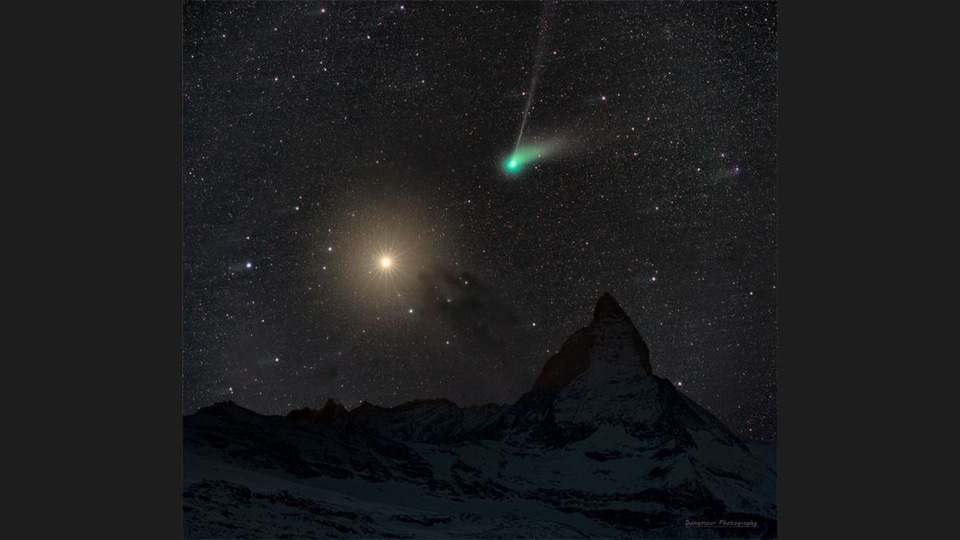Best NASA Astronomy Pictures of the week: Comet ZTF, Hydra Galaxy Cluster, Airglow and more
NASA's Astronomy Picture of the Day is published on an every day basis where the space agency shares pictures of asteroids, galaxies and other celestial objects. This week’s pictures included the departing Comet ZTF, Hydra Galaxy Cluster, Airglow and more.
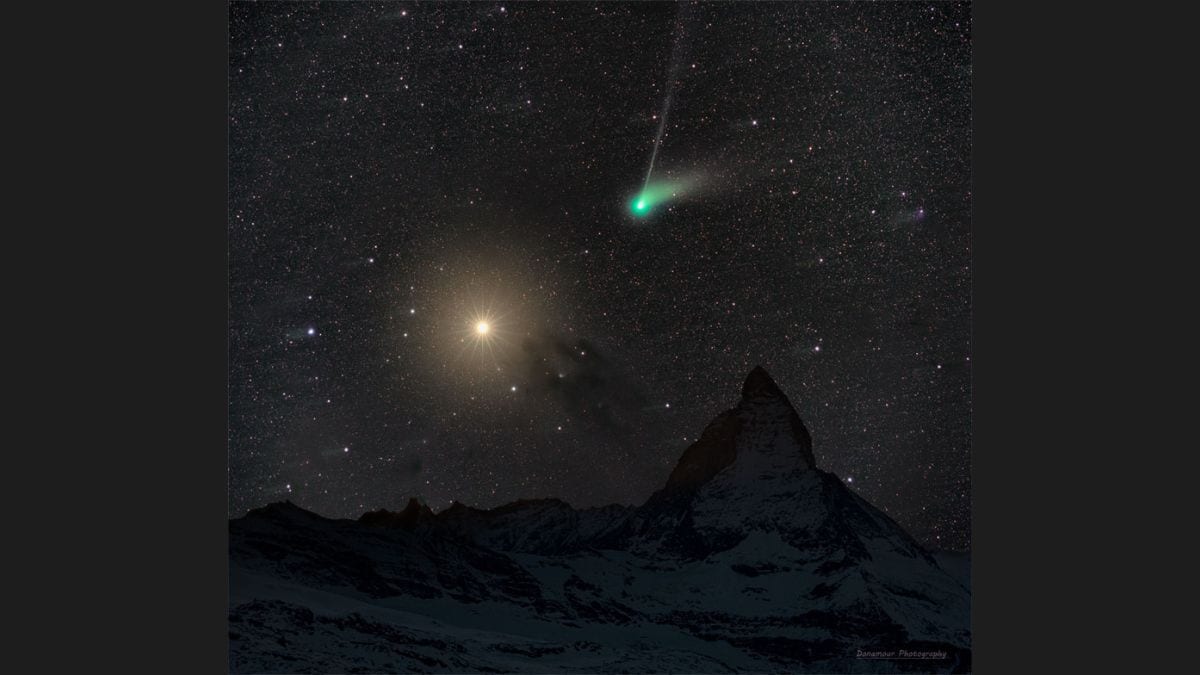
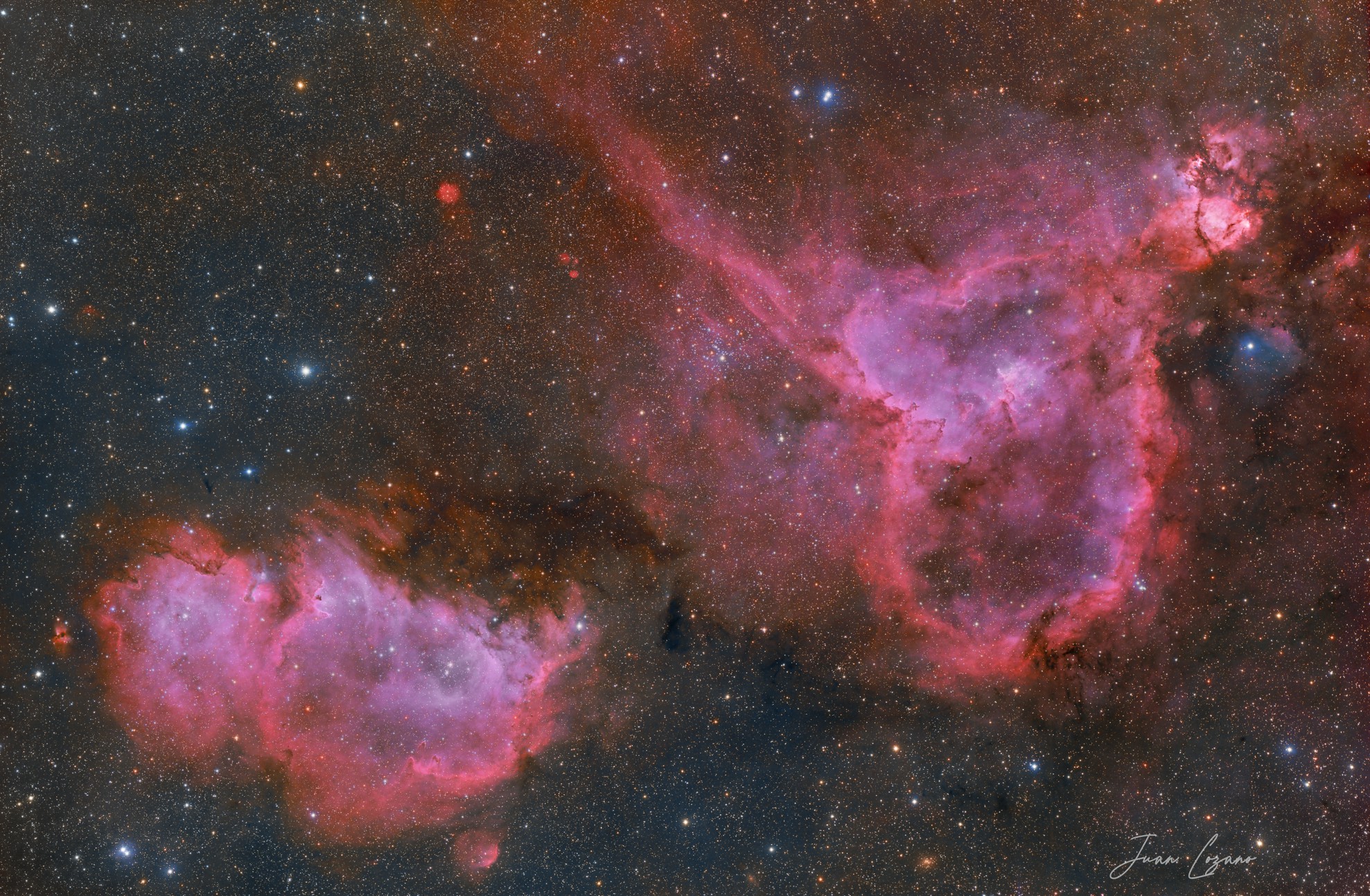
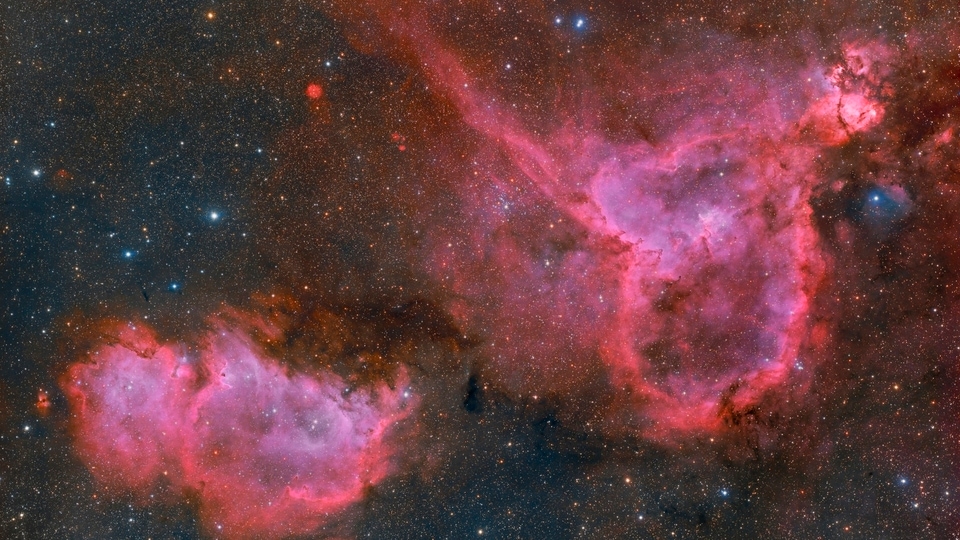

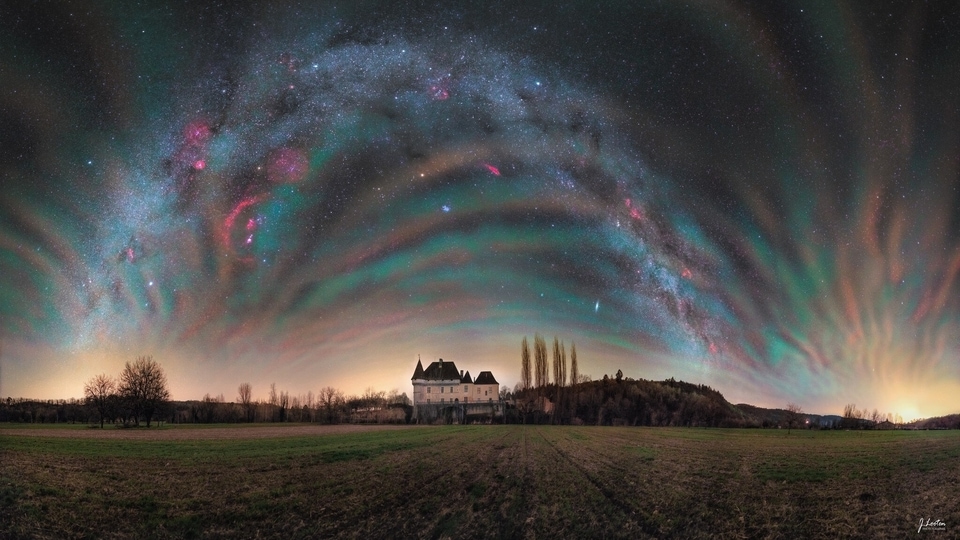
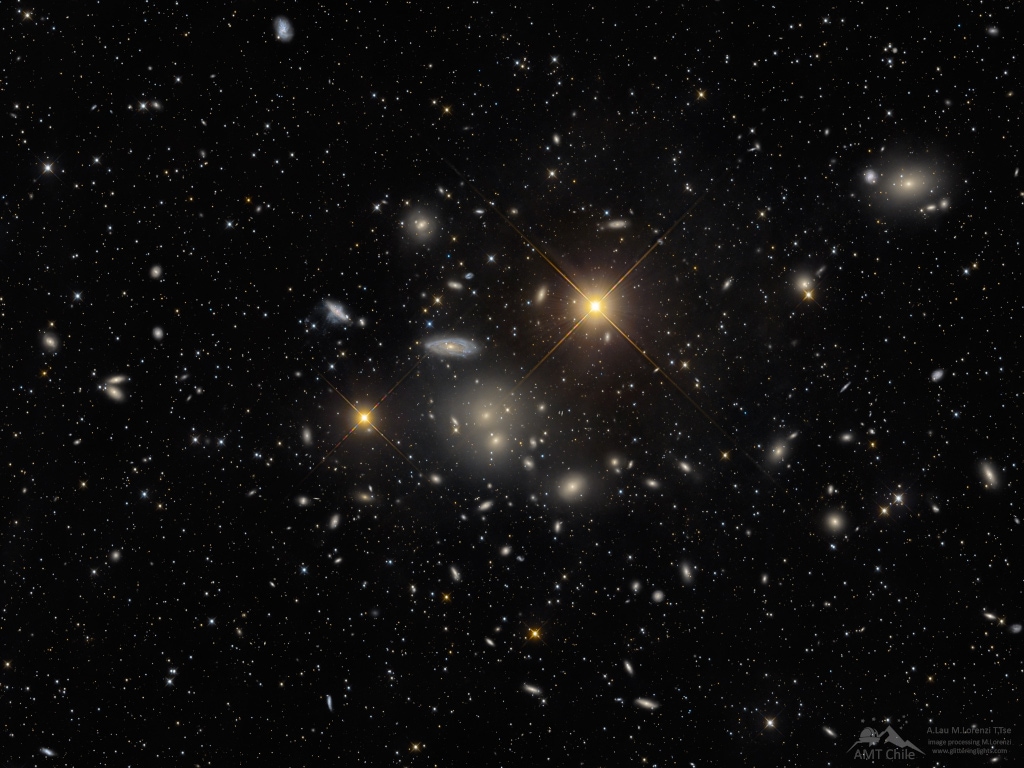

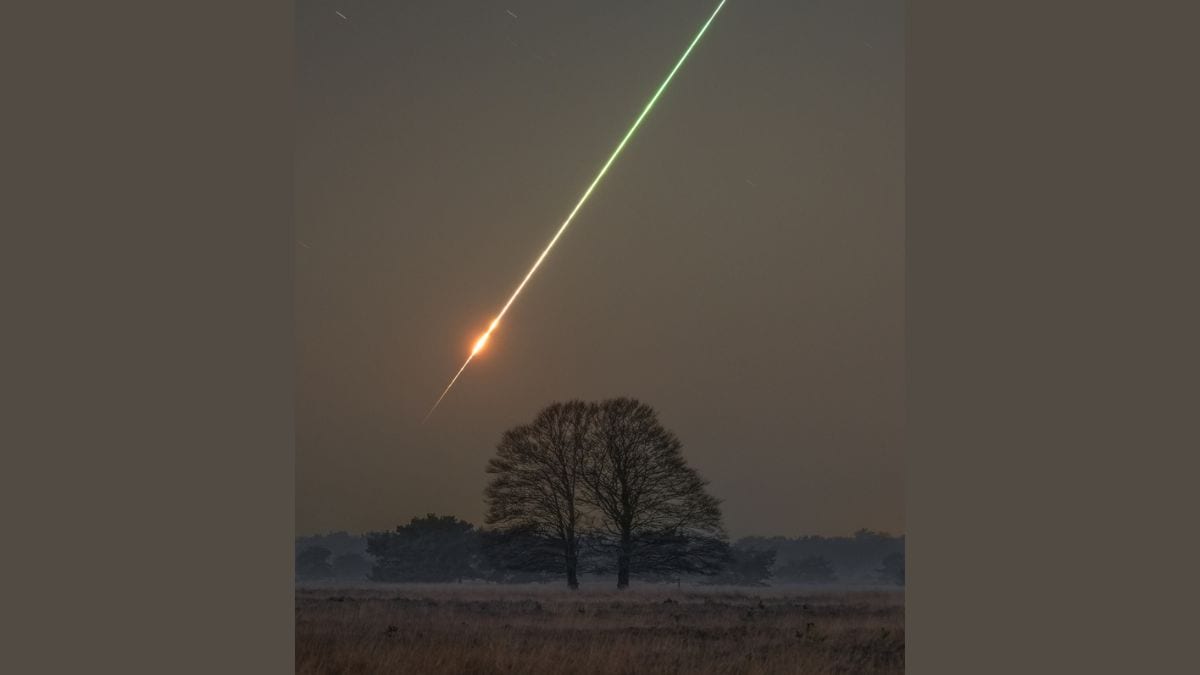

First Published Date: 17 Feb, 12:23 IST
NEXT ARTICLE BEGINS




